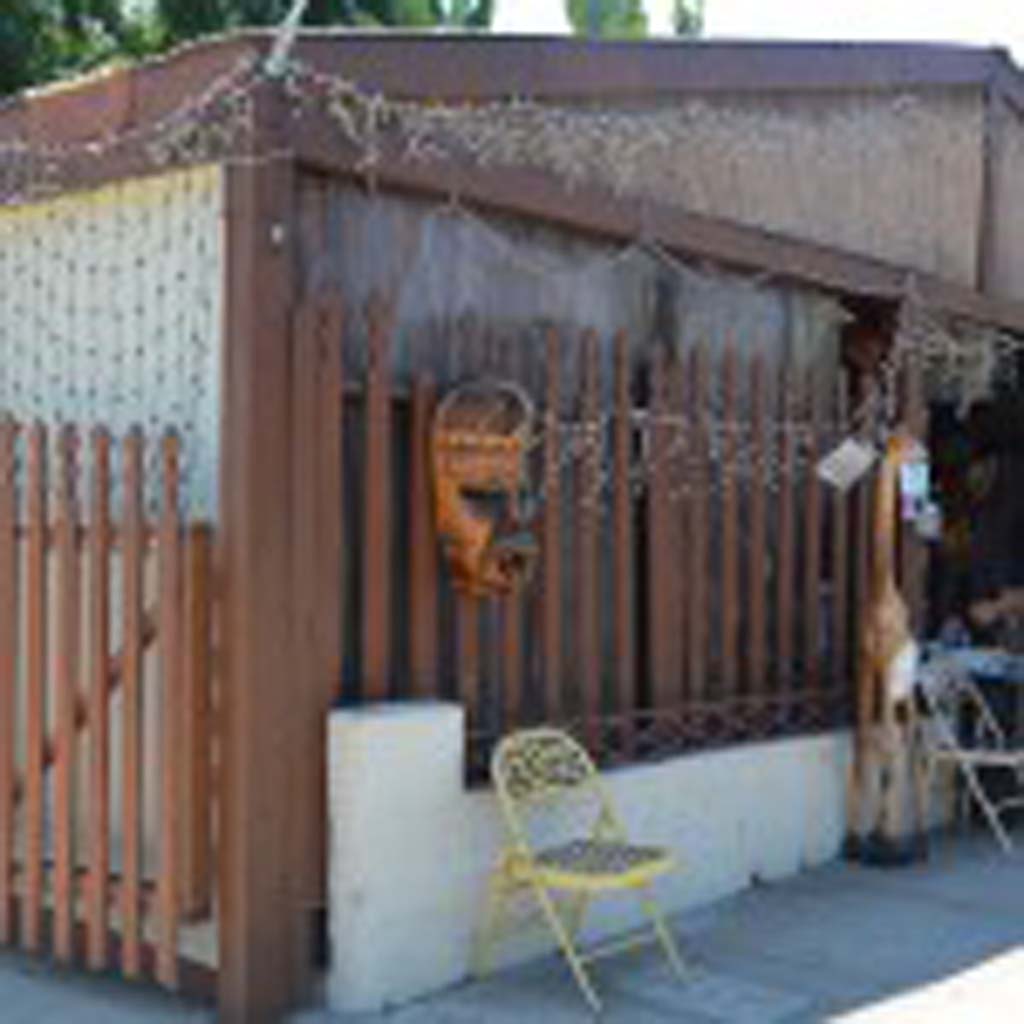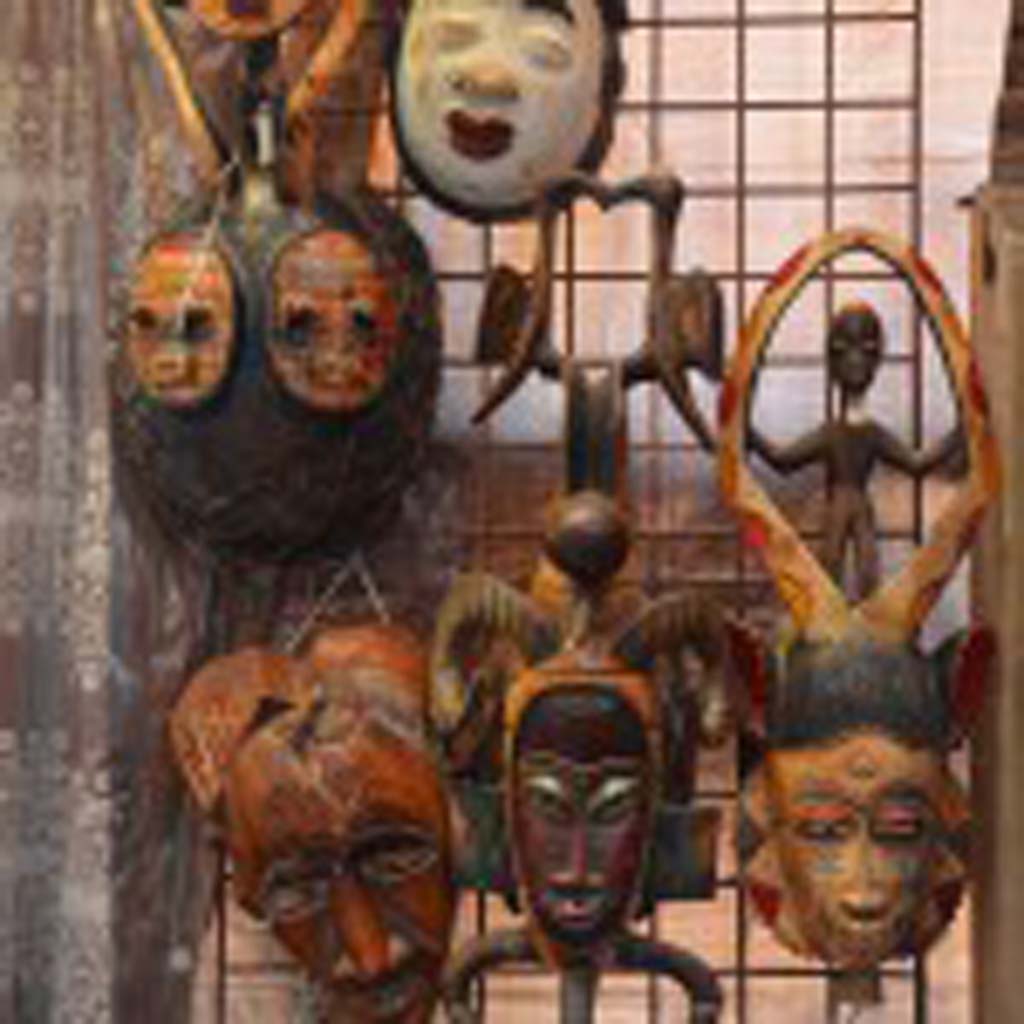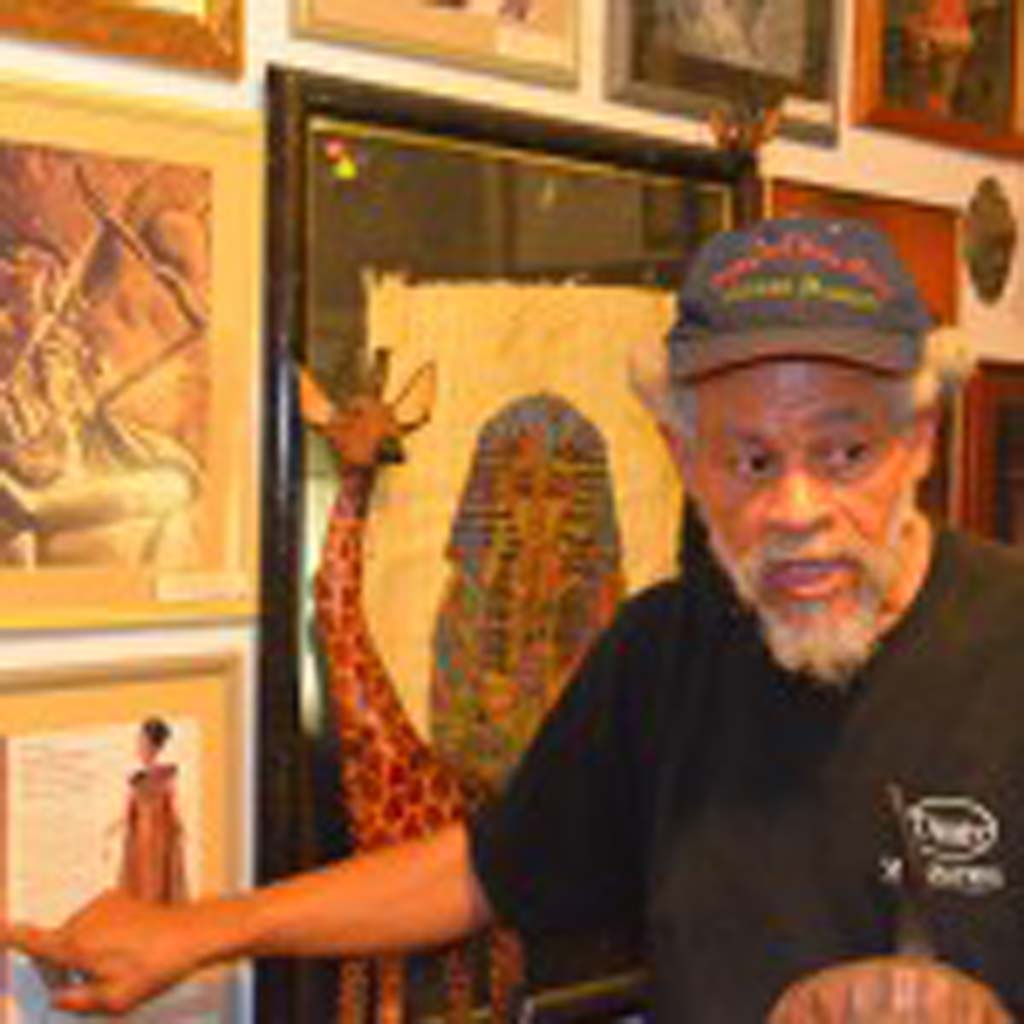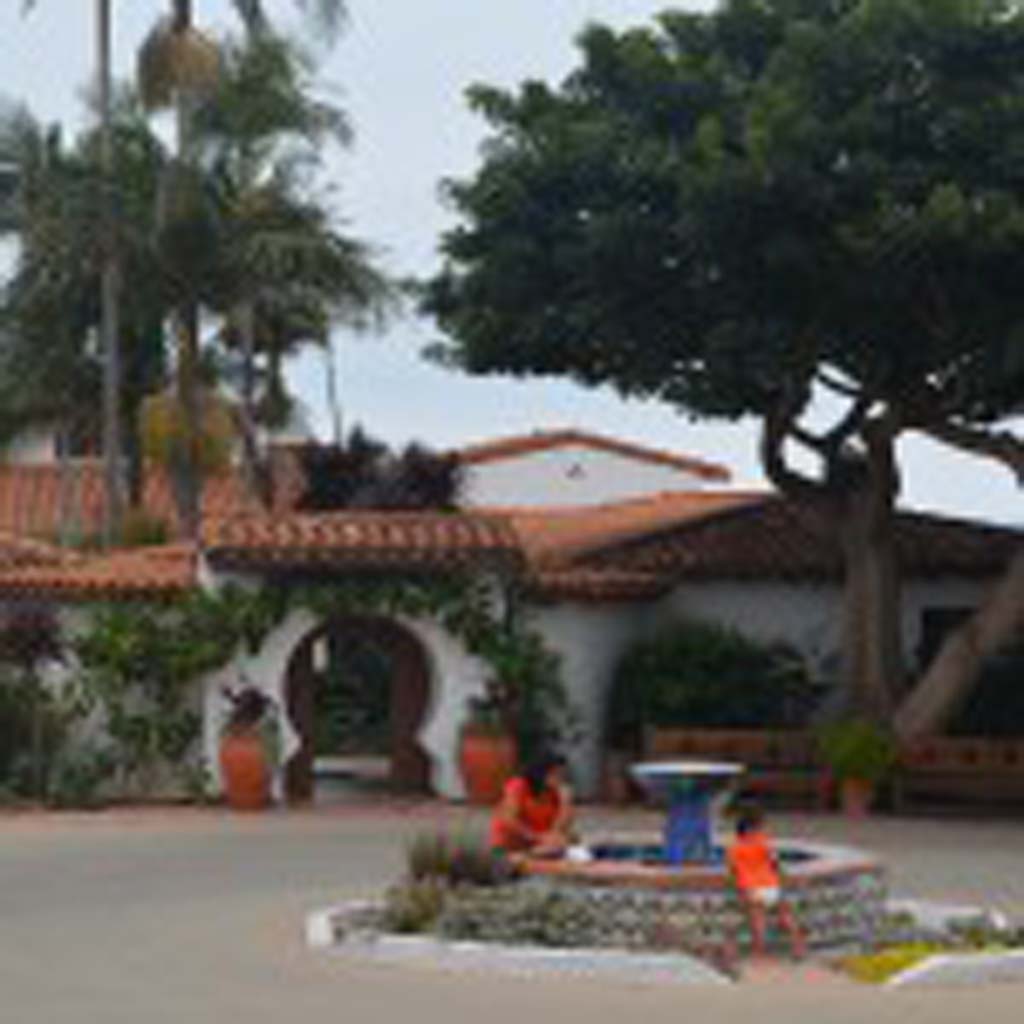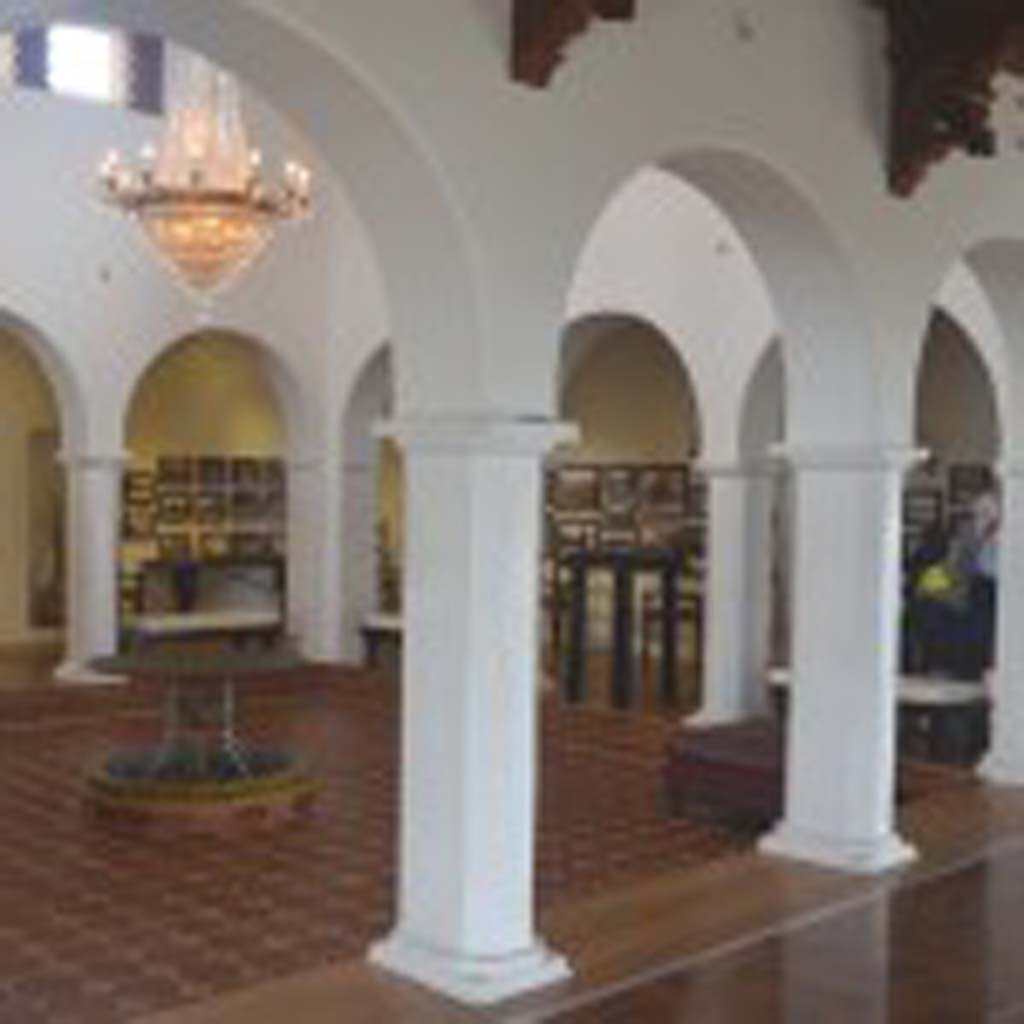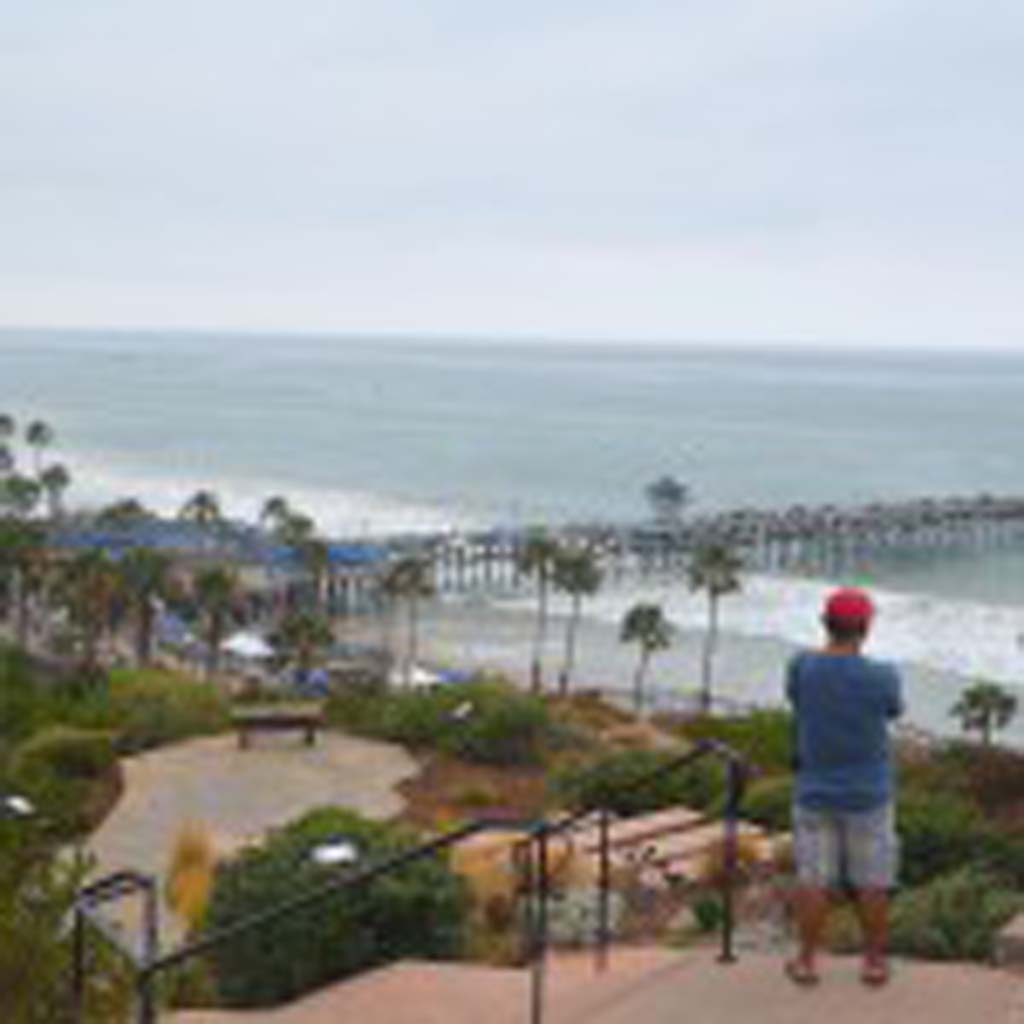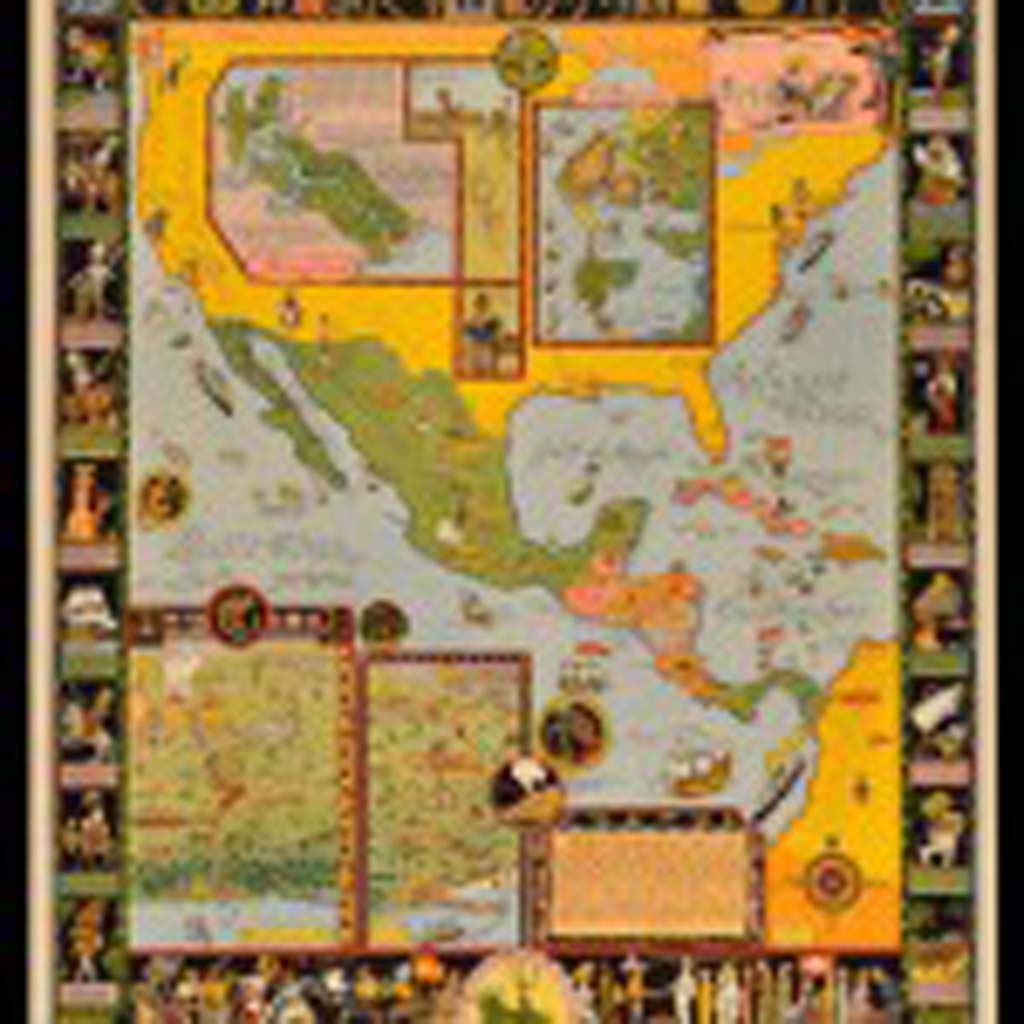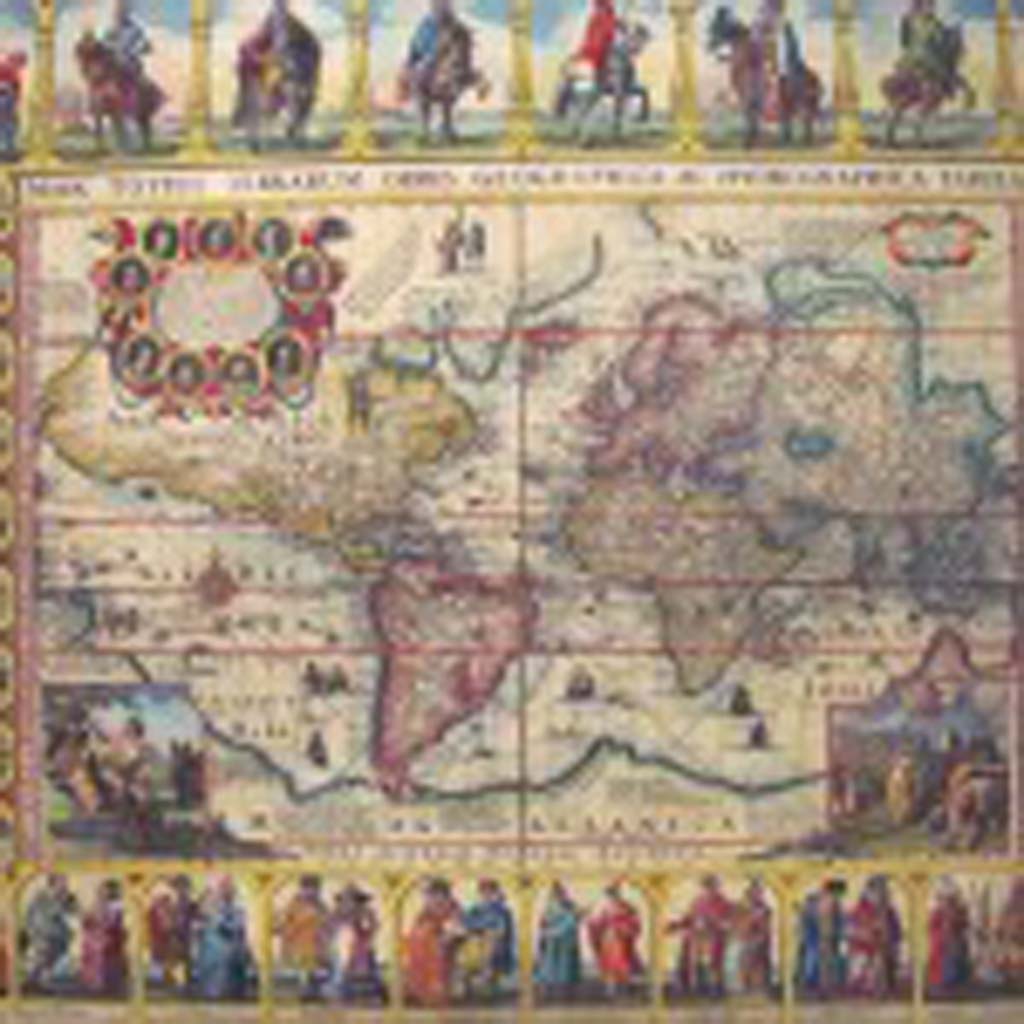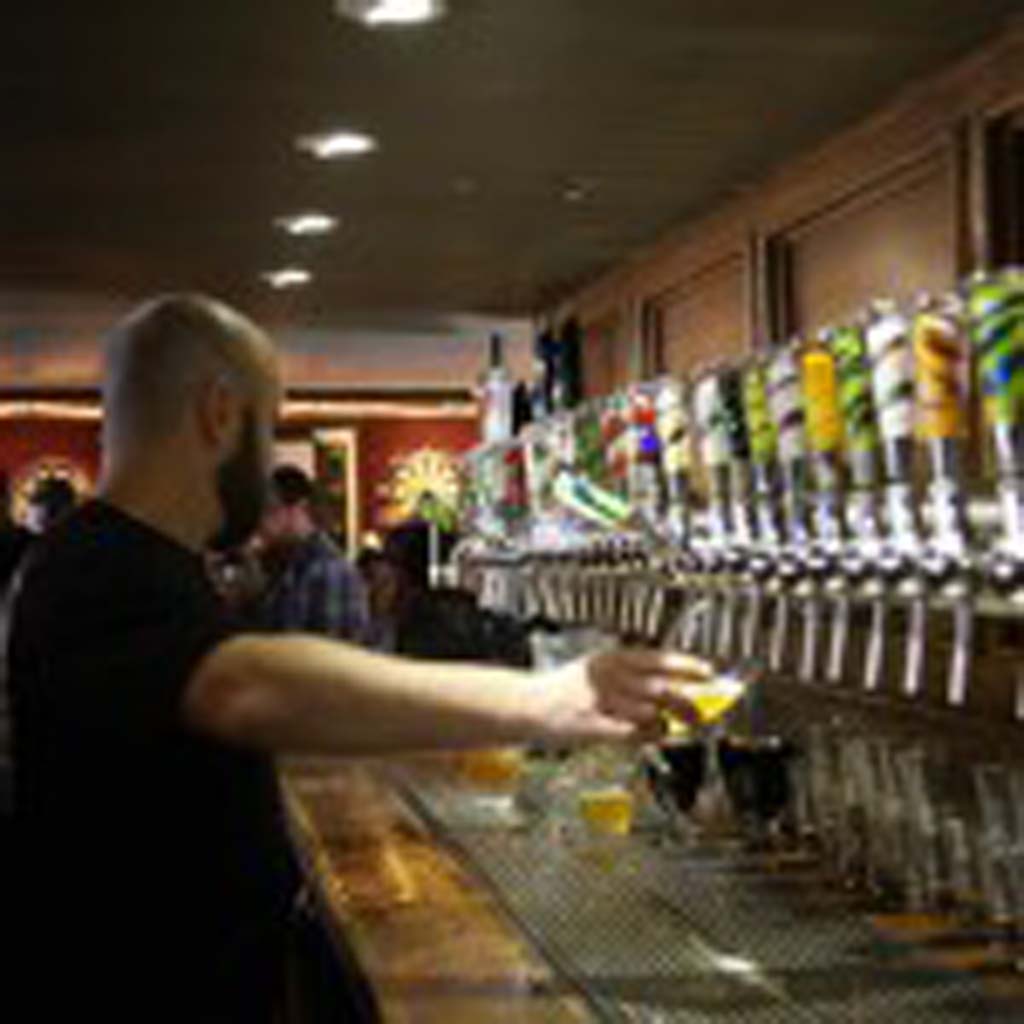Southern California has plenty of museums, but chances are that you’ve never heard of these three:
Casa del Rey Moro African Museum — 2471 Congress St., San Diego. (619) 220-0022; africanmuseumsandiego.com. $3 adults; $2 children.
You may have been to San Diego’s Old Town several times, but chances are you missed this tiny museum on Congress Street. It belongs to Chuck Ambers, a retired Chula Vista school teacher, who is on a mission to educate anyone who will listen about the part that Africans have played in history — both locally, nationally and worldwide.
“There’s African history all over the place,” he says. “You just have to show people.”
And that he does.
Step into Ambers’ world; it is filled with artifacts, photos, artwork, crafts, masks, books, books and more books. He takes visitors on an intriguing journey through time and is proud to note that all his information has ample documentation. Facts roll off his tongue as if he could say them in his sleep:
Early California’s governor Pio Pico was African Mexican.
Cathy Williams served 17 months in the ranks of the African American Buffalo Soldiers until they discovered she was a woman.
Mabel Bell Lane in La Jolla was named after an African American woman who lived in early La Jolla.
Albert and Margaret Robinson ran one of the first black-owned businesses in the county — the Robinson Hotel in Julian.
The first casualty of the Boston Massacre was Crispus Attucks, a man of African descent and a former slave.
There is oh, so much more, and while visitors may not remember all that they see and hear, they will understand that history is not composed of the simple stories we learned in school, and that Africans played a significant role is shaping our world.
Ambers, who stages classroom presentations (in costume) on African history, has roots in North County. He is a 1965 MiraCosta College alum and attended when it was Oceanside-Carlsbad Junior College and located on Coast Highway (then Hill Street).
And, he claims, “I was the first person to slam dunk in the new gym at (today’s) MiraCosta College,” he says.
Casa Romantica — 415 Avenida Granada, San Clemente; (949) 498-2139; casaromantica.org.; $5 adults; free for active military and children under 12.
Even longtime Orange County residents don’t know about Casa Romantica. This gorgeous Spanish Colonial Revival home sits on a bluff overlooking the ocean and the San Clemente pier. It was built in 1927 by the town’s founder, Ole Hanson, and is listed on the National Register of Historic Places. San Clemente was became one of the first master-planned communities in the state.
Visitors can wander freely through the spacious abode which once had seven bedrooms and bathrooms. See the grand salon, with its imported crystal chandelier and clerestory windows; Hanson’s octagonal study overlooking the Pacific; the beautifully landscaped courtyard; exquisite tile floors; and many early photos of San Clemente and its residents and visitors. The grand surprise — the spectacular view — arrives when you step out onto the back patio.
Many hours and dollars have gone into restoring the crumbling home, and volunteers have planted beautiful and colorful (depending on the season) native flowers and succulent gardens. Don’t miss the butterfly garden on the north side.
The Casa hosts regular exhibits on the history of San Clemente and Southern California culture that are included with admission. Group tours for all ages are available.
Map & Atlas Museum of La Jolla — 7825 Fay Ave. (lower level of the Merrill Lynch Building); (855) 653-6277; open Wednesdays, Thursdays and first and third Saturdays; free. Also free tours for school and social groups.
Most people would say that a love of old maps is a rather esoteric interest, but give this gem of a museum and its collection a chance. It contains about 500 maps and atlases that date from the 15th century to the mid-1900s. They are best viewed with one of the museum’s willing docents who explain why these are rare and precious documents, and how the influence of religion and pseudo-science affected map makers’ view of the world. Note to kids: There was no Google Earth in the 1400s.
There also are temporary exhibits such as the one that runs through Dec. 1 which features the maps of Joseph Jacinto “Jo” Mora (1876-1947), a painter, illustrator, sculptor and photographer who is known as the Renaissance Man of the West.
We have La Jolla financier and philanthropist Michael Stone to thank for sharing his collection and having the desire to educate others on its value and beauty.

